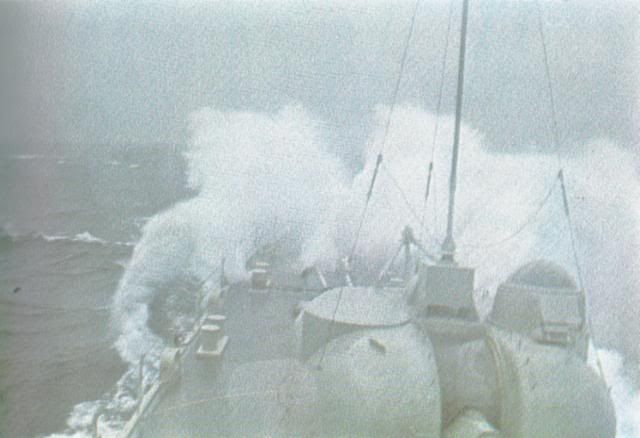Hi,
Was wondering if anyone had built a Gauge Glass assembly as per Harris's book. You know the ones that you can change out the tube while under steam, and the tube fits inside, instead of straddling...
I am thinking of building one for Rushforth this winter.....What do ya think
The commercial "small scale" stuff sucks!
Dave
Was wondering if anyone had built a Gauge Glass assembly as per Harris's book. You know the ones that you can change out the tube while under steam, and the tube fits inside, instead of straddling...
I am thinking of building one for Rushforth this winter.....What do ya think
The commercial "small scale" stuff sucks!
Dave





